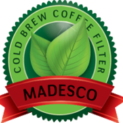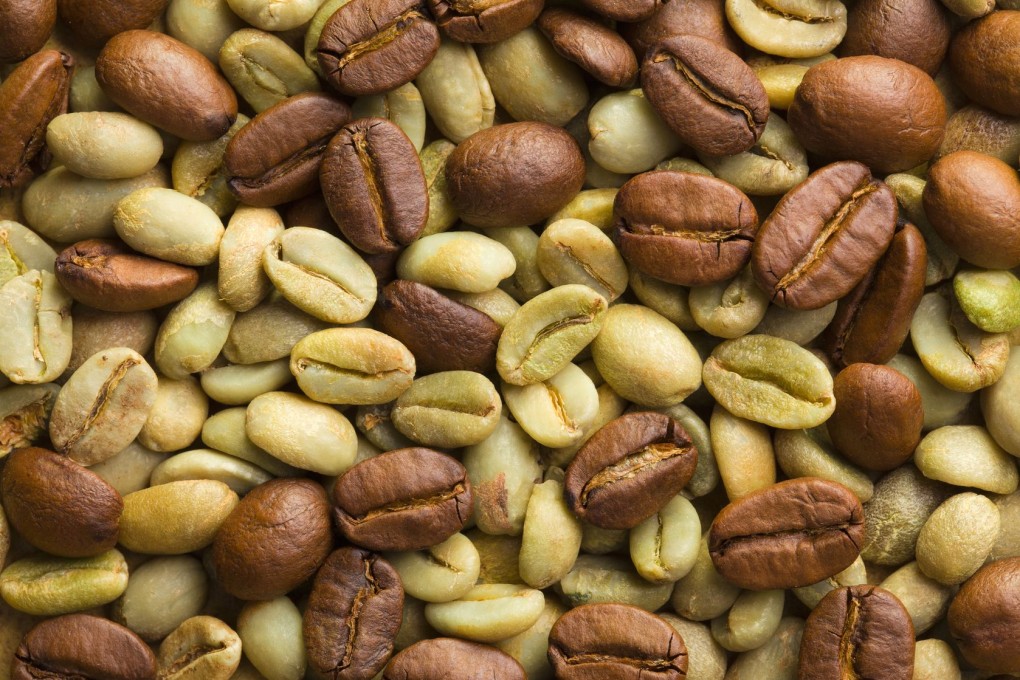Have you ever wondered exactly what it is that makes a cup of cold-brew coffee different from, say, a diner’s coffee? In this article, we’ll sneak a peek at the science behind the break time beverage taking the world by storm. Get ready – we’re about to go molecular! Read on for more info on Cold Brew Coffee Chemistry!

Down to the Grounds
Coffee starts out as a little green bean wherein resides a vast store of chemical building blocks that contribute to coffee’s great flavor. That little green bean will have to undergo an incredible process, though, before it becomes it gives these flavors up to coffee drinkers.
After the bean matures it gets picked, dried, roasted, and ground.. The ground beans are full of flavorful compounds brought to life through the roasting process – most of them natural acids and oils. These aromatic components are known as “coffee solubles” and they are largely responsible for coffee’s unique taste. The solubles interact with their environment before interacting with our taste buds, drawn out of the coffee grounds and dissolving into the water and eventually evaporating into the air. How easily they make this trip (their “solubility” in water or “volatility” to air) is a significant taste factor in the little green bean’s journey! Can you guess what influences that factor the most? (Hint: heat).
A Matter of Heat
That’s right, it’s temperature. The aromatic compounds that give coffee grounds their punch can either be coaxed or forced into your cup of joe, and this makes all the difference in the world to your taste buds. Hot water releases tons of solubles; the perfect point for dissolving coffee is around 200 degrees Fahrenheit. But it’s that same high temperature that causes other chemical changes to take place that make coffee taste bitter, and eventually go stale. Ever venture into the office break room late afternoon only to find a half pot of coffee just daring you to try it? Don’t! The oils in coffee go through a process called “oxidization” at higher temperatures. This is the same process that rusts metal. Oxidization breaks down the fat in oil into acids, souring the coffee while acids naturally found in coffee solubles undergo their own form of degradation at high temperatures, changing into different chemicals. One of the largest chemical changes that happens when coffee grounds meet hot water is chlorogenic acid’s transformation into quinic and caffeic acid, hence the bitter taste.
Slow and Low
So how to avoid a bitter brew? Brew your coffee in cold water. Steeping the grounds at a lower temperature for a longer time renders a drink with lots of tasty coffee solubles that remain undamaged by heat. The natural sugar that “carbonizes” in hot water for that nasty burnt taste, instead caramelizes into a rich, sweet flavor in cold water. Without quinic acid, coffee stays mellow and full-bodied rather than sharp and pungent: a flavor profile all its own!
Coffee earned a loyal following introducing a spring in our step and a unique experience for our taste buds. Doesn’t it only seem fair we’d give our little green bean the opportunity to deliver its very best? Brew cold.

